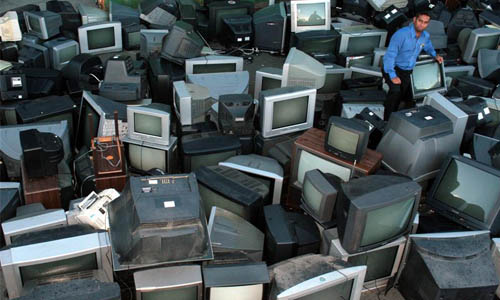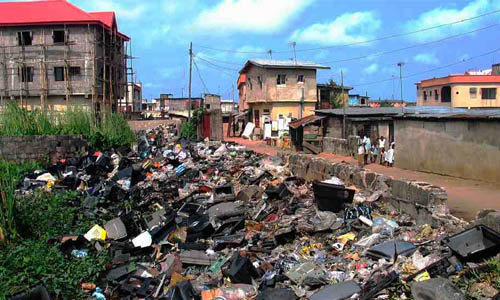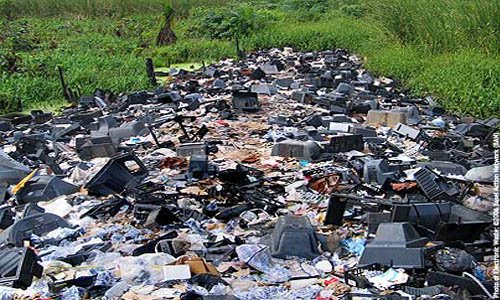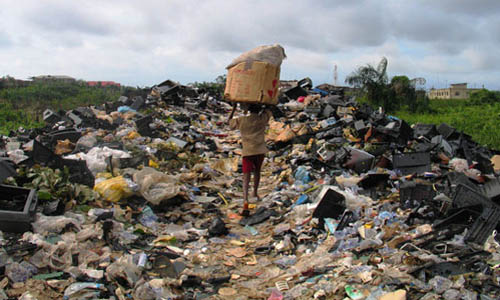Recycling can be dangerous for you

Paper and plastic recycling are very commonly practiced but have you ever heard of TV recycling? The technological advancements may be leading to one such process, but then, the question arises, why and into what is it being recycled?

The Liquid crystal display (LCD) and Light-emitting diode (LED) is nowadays replacing the old-fashioned cathode ray tube (CRT) monitor, which in its recycling process causes huge health risks. Recycling electronic items has been an issue since quite some time. But, due to the digital transition, it’s rising rapidly.
The sole purpose of recycling is to save the earth’s resources and not to destroy it. The improper recycling waste of the CRT glasses from TV sets and computer monitors is growing a concern among environmentalists and health experts. The recycled material is later used in locally manufactured TVs and video games’ screens.

According to the Environmental Protection Agency, electronic waste can contain, “hazardous materials, such as lead, mercury and hexavalent chromium, in circuit boards, batteries, and colour cathode ray tubes (CRTs)”. The lead content in each CRT is about 1.5 kg to 2kg which when disposed, percolates into the soil and groundwater and thus pollutes the air. Due to the dangerous impact of lead, it is presently banned in the production and manufacturing of fuel, paints and pipes as well as all new electronic items under the Restriction of Hazardous Substances (RoHS). As a matter of concern, the CRT recycling is being massively practiced in India.
The problem is increasing rapidly due to lack of awareness among the people. It’s affecting people, both in their physical and mental development. It causes certain health-related problems like kidney damage, delayed puberty, hearing problems, learning deficiency and a low concentration level. Besides, oil and gases which are present in the cathode ray tubes causes environmental pollution.

The electronic products consist of those substances which can bring adverse effects to the atmosphere and hence, it is important to manage it in a proper way. E-waste has been defined under the E-waste (Management and Handling) Rules 2011, as “waste electrical and electronic equipment, whole or in part or rejects from their manufacturing and repair process, which are intended to be discarded”.
While LCD has a life span ranging from ten to twenty years, people do not hang on it for that long. They tend to update it as soon as in a new technology comes in the market. So, it creates an easy way out to recycle them, instead of shipping them overseas. Many recyclers from developed nations like Europe and the United States simply export their old products to developing nations like India, Sri Lanka and Nepal. For the developed lot, it is more like dumping their unused and waste products.

Instead of recycling an electronic item like television, it should be handed over to people who do not possess any. They can also be sold out or donated to various social service agencies. In any case, if one has to recycle it, he or she can contact a certified recycling unit.
In a bid to fight this problem, European Legislation has classified the television and computer screen as a hazardous waste. Under the Landfill directive which prevents or reduces negative effects on the environment, the CRTs cannot be disposed off any further.
Have a news story, an interesting write-up or simply a suggestion? Write to us at info@oneworldnews.com







